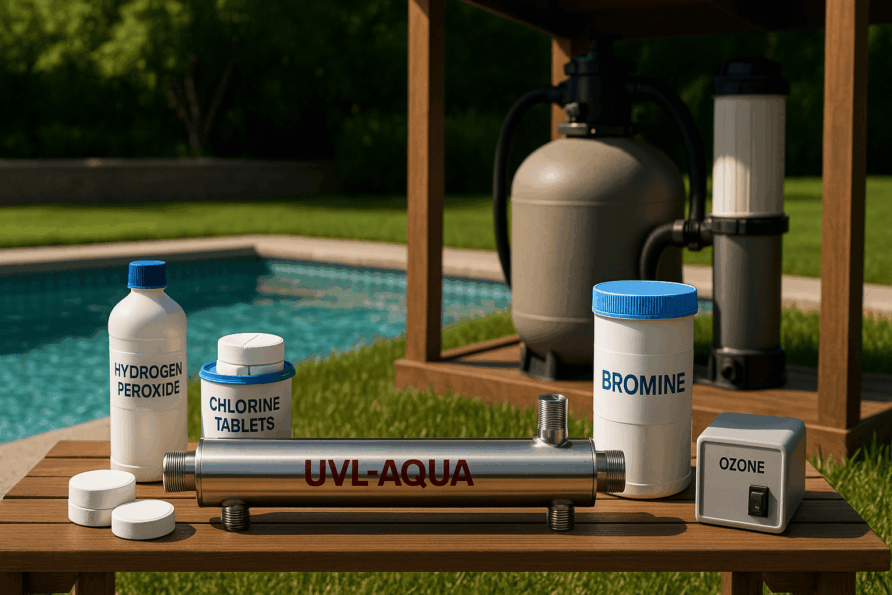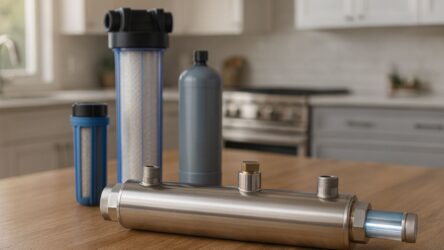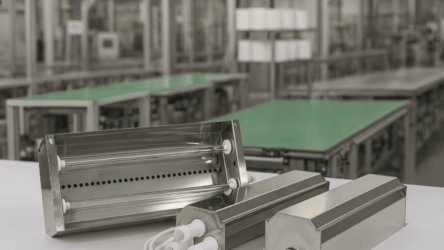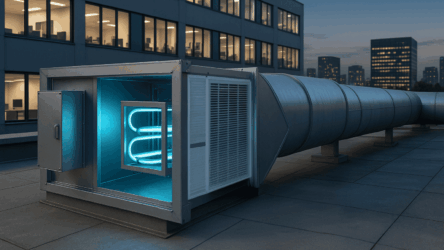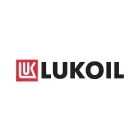Regardless of the type of swimming pool—whether it’s a portable frame model or a permanent in-ground installation, indoor or outdoor—the water will eventually become contaminated. Dust, pollen, cosmetics, bacteria, and fungi all accumulate over time, creating an environment that may be unsafe for swimming. To prevent this, a consistent cleaning and disinfection routine is essential. Below, we explore the most reliable ways to keep pool water clean and healthy.
Why Pool Water Needs Regular Sanitation
Even if the water looks crystal clear, it may still harbor invisible threats. Organic matter and pathogens accumulate rapidly in still water. Without adequate filtration and disinfection, murkiness, odors, and even infections can develop.
Mechanical and Physico-Chemical Filtration
Mechanical filtration serves as the foundation of any pool maintenance system. It helps remove suspended solids such as dirt, hair, and leaves.
- Sand filters: A dependable option that traps particles as small as 20 microns. Easy to maintain and long-lasting.
- Cartridge filters: Offer finer filtration, ideal for smaller pools.
- Skimmers: Designed to collect debris from the water’s surface, capturing leaves, insects, and other contaminants.
In addition to mechanical methods, ozonation is a powerful physico-chemical treatment. Ozone gas breaks down the cell walls of microorganisms and quickly decomposes into oxygen—leaving no chemical residues. It eliminates odors and helps stabilize the microbial balance in pool water, making it an excellent long-term disinfection method.
Chemical Disinfection: A Proven Approac
- Chlorination
A widely used method in private pools. The recommended concentration of free chlorine is 0.3–0.6 mg/L. Granules are dissolved in water and added evenly across the pool surface, followed by filtration for 8–12 hours. - Bromine Treatment
Bromine-based products (usually ≥97% purity) are dissolved in hot water (50–60°C) at a ratio of 1 kg per 1 m³ of water. Tablets are also used—typically 1–2 pieces depending on surface area. Dosage is increased if contamination is severe. - Hydrogen Peroxide
A chemical disinfectant based on active oxygen. There are no universal dosage rules, but commonly, for prevention, 200–300 g of 30–40% solution per m³ is used; or 100–150 g if using a 60% solution. For heavy contamination, up to 700 g or more may be required. A holding period of 12–24 hours is essential after application.
Important: Always follow safety guidelines when handling chemical agents.
Physical Disinfection Technique
- Ionization
This system introduces copper and silver ions into the water using a specialized ionizer with metal electrodes. The electric current releases ions that neutralize algae, bacteria, and fungi. However, ion concentration must be carefully controlled to avoid accumulation of heavy metals in the body. - Ultraviolet Sterilization
Using UV disinfection lamps is a chemical-free way to deactivate up to 99.9% of pathogens. Germicidal UV light neutralizes microorganisms without altering the water’s composition. For long-lasting protection, UV treatment is often used in combination with chemical disinfectants.
Integrated Approach: The Gold Standard for Pool Sanitation
No matter which methods you choose, mechanical filtration remains non-negotiable. It is the base layer that ensures circulation and makes chemical and physical methods more effective. Chemical agents are also indispensable in many cases. However, their usage can be significantly reduced with UV water sterilization.
Installing a UV sterilizer for swimming pools improves microbiological safety and reduces the need for chlorine, bromine, and peroxide—without compromising disinfection performance.
UVL Solutions for Private and Frame Pools
UVL manufactures bactericidal ultraviolet sterilizers designed for private pools, including compact frame models. These devices can be integrated into any pool water treatment system and make it easier to maintain clean, safe water with minimal chemical load.
To learn more about how UVL-AQUA UV lamps enhance pool hygiene, check out our full guide to installation and benefits of ultraviolet disinfection.

